Emerging as a market mover: JS Bank’s expansion rate is admirable, says CEO
Believes bank’s assets will grow exponentially once HSBC acquisition goes ahead.
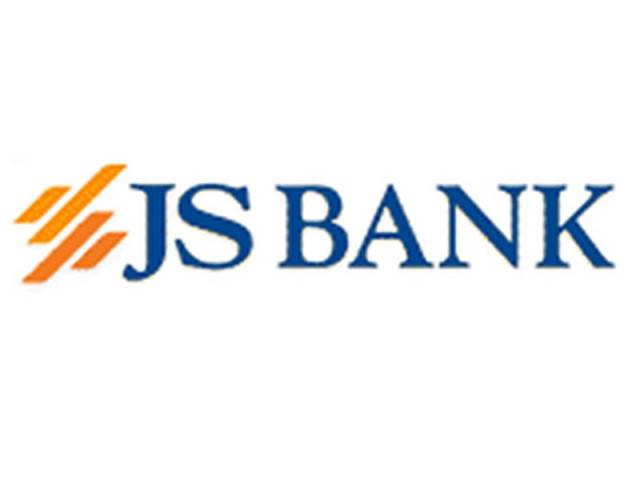
“By the middle of this year, our assets will be over Rs100 billion,” says Rahman.
Amidst sluggish economic growth marked by fast declining investment and savings rate as a percentage of the gross domestic product (GDP), few small banks have expanded their branch network in Pakistan as rapidly as JS Bank in recent years. Starting with just four branches in 2007, its network now consists of 185 branches, as it has opened 30 new branches per annum since then. Practically, it means one JS Bank branch opened after every 12 days for six years in a row.
“For a new bank, I will say it is a remarkable achievement,” said JS Bank President and CEO Kalimur Rahman while speaking to The Express Tribune.
As of September 30, 2012, the latest period for which the financial data is available, JS Bank’s assets were Rs70.95 billion, up 31.6% compared to December 31, 2011. Generally speaking, banks with less than Rs100 billion in assets are considered small by industry standards in Pakistan. The assets of 16 out of 32 commercial banks operating in Pakistan were less than Rs100 billion at the end of 2011.
“By the middle of this year, our assets will be over Rs100 billion,” Rahman said. He added that the bank’s total assets will get a big boost as soon as its bid to acquire HSBC Pakistan, whose assets were Rs59 billion at the end of June 2012, gets the pending regulatory approvals.

JS Bank’s profitability – or after-tax profit – increased to Rs742.5 million at the end of the nine-month period ending September 30, 2012, which was up 208.4% compared to the corresponding period of 2011. During the same period, the bank’s deposit base increased 30.7% to Rs54.2 billion while its net investments rose 81.7%.
However, its advances net of provisions decreased 4.3% to Rs17.2 billion in the nine-month period, reflecting the bank’s ‘cautious’ approach when it comes to lending.
“It is true that our policy on lending is quite conservative right now. I would rather call it prudent. But who should we lend to? About 60% of Pakistan’s industrial output consists of textiles, which is badly affected by energy shortages,” he said, adding that increasing the level of advances was not necessary for a bank’s profitability per se. Rahman noted that if the risk factor inherent in advances is accounted for, a bank actually gets better returns by simply investing in treasury bills. “Even when you are talking about a spread of 2% over the Karachi Interbank Offer Rate (Kibor), which is about the same as the treasury bill rate, that is more or less what you set aside as provisioning expense in the case of advances,” he said.
According to Rahman, in the absence of any growth in net advances, the profitability of JS Bank comes through its low-cost deposits compared to other banks. “One, we do not go for high-cost deposits. And two, our branch network expansion into remote areas ensures that we consistently get low-cost deposits,” he said. Substantially higher earnings from fees, commissions and exchange, which came from proportionately higher foreign trade business, bancassurance and home remittances – along with dividend income and capital gains – also contributed to the bank’s increased profitability, its profit and loss account for the nine-month period ending September 30, 2012 shows.
Although Rahman refused to state the average cost of deposits and average return on advances separately, he said JS Bank’s overall gross spread between the two is about 5%. He said that in view of the reduction of 450 basis points in the policy rate in the recent past – coupled with 1% increase in the minimum interest rate on regular savings accounts – maintaining the spreads has become a challenge for most banks.
“Current accounts, which may constitute up to 25% of the deposits, are already zero-rated. Hence, the average cost of deposits does not fall as much as the average yield on advances (when the discount rate falls),” he said.
Published in The Express Tribune, February 13th, 2013.
Like Business on Facebook to stay informed and join in the conversation.


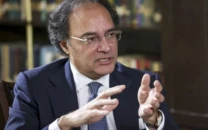


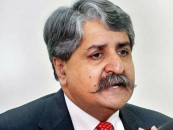
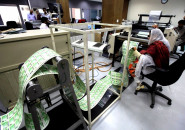
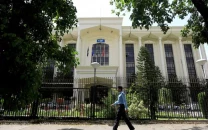



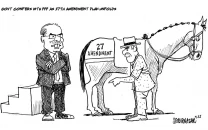
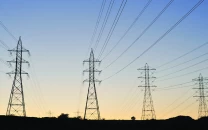

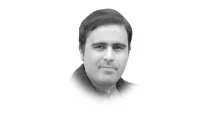

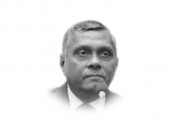


COMMENTS
Comments are moderated and generally will be posted if they are on-topic and not abusive.
For more information, please see our Comments FAQ